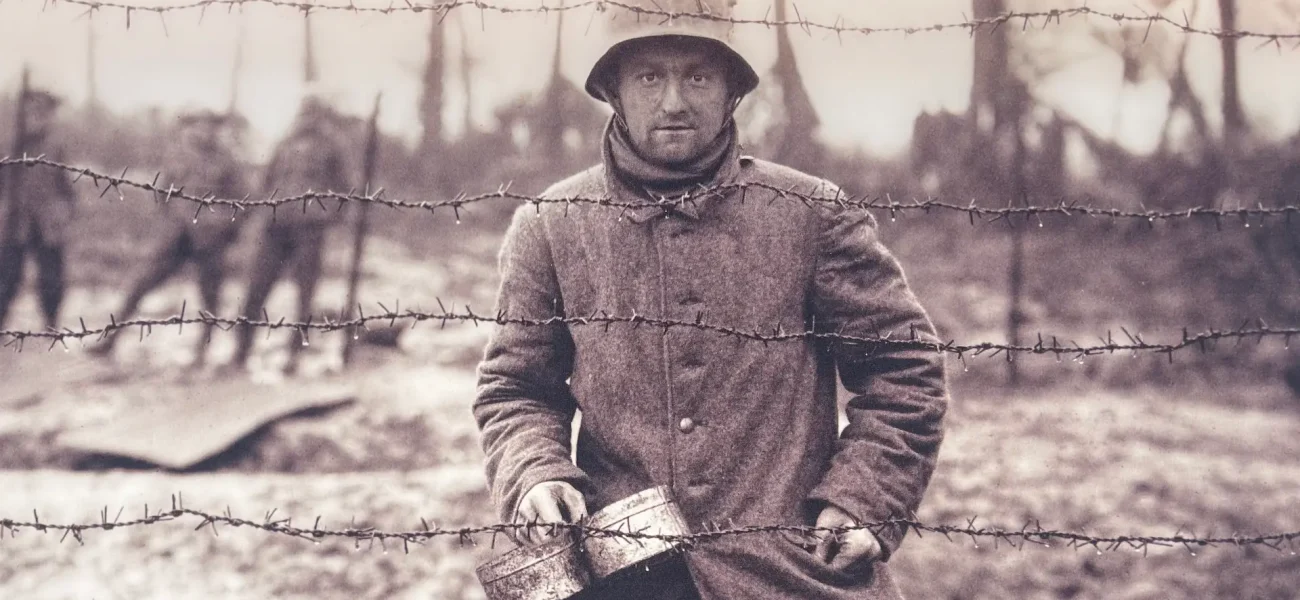10 day Tour
WWI
Battlefield Tour - Western Front
A compelling WWI Battlefield tour spanning ten days delving deep into the historic landscapes and poignant memorials of World War I.
This meticulously crafted itinerary begins in Brussels and encompasses iconic locations and battlegrounds, each bearing witness to the sacrifices and valour of those who fought in the Great War.
Journey through Mons, Cambrai, Ypres, the Somme, Verdun, and the American Sector, paying homage to the fallen and exploring preserved trenches, museums, and poignant monuments along the way. This immersive experience promises a profound understanding of the war's impact and the courage of those who lived through it
Important information: Your preferred drop off and collection point will be agreed with your driver prior to the tour start date.
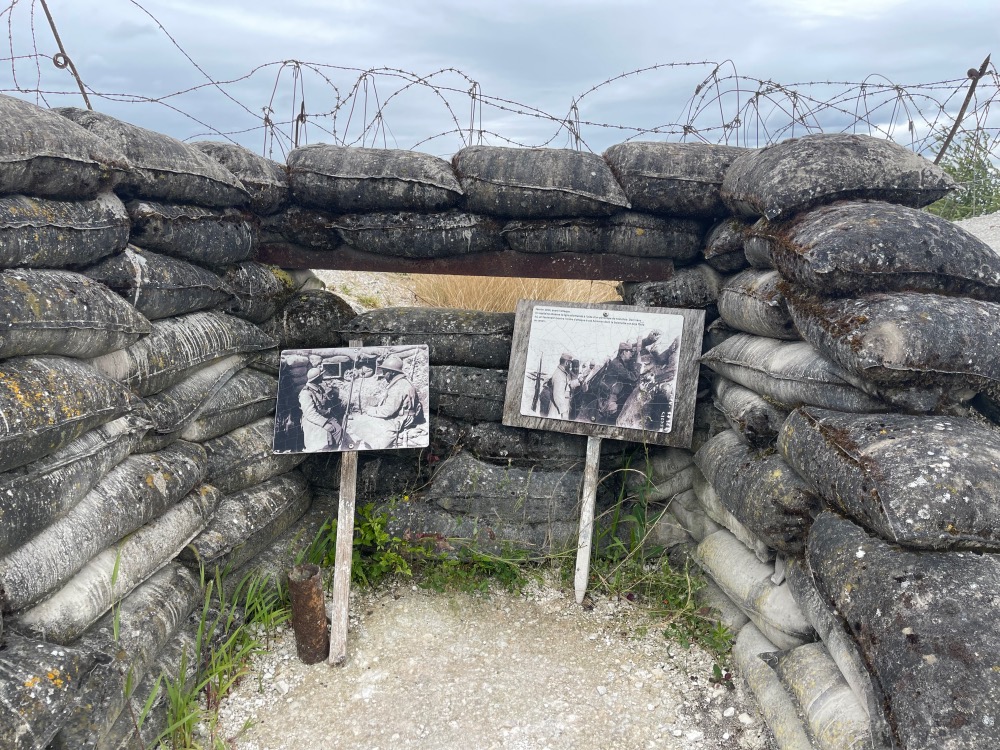
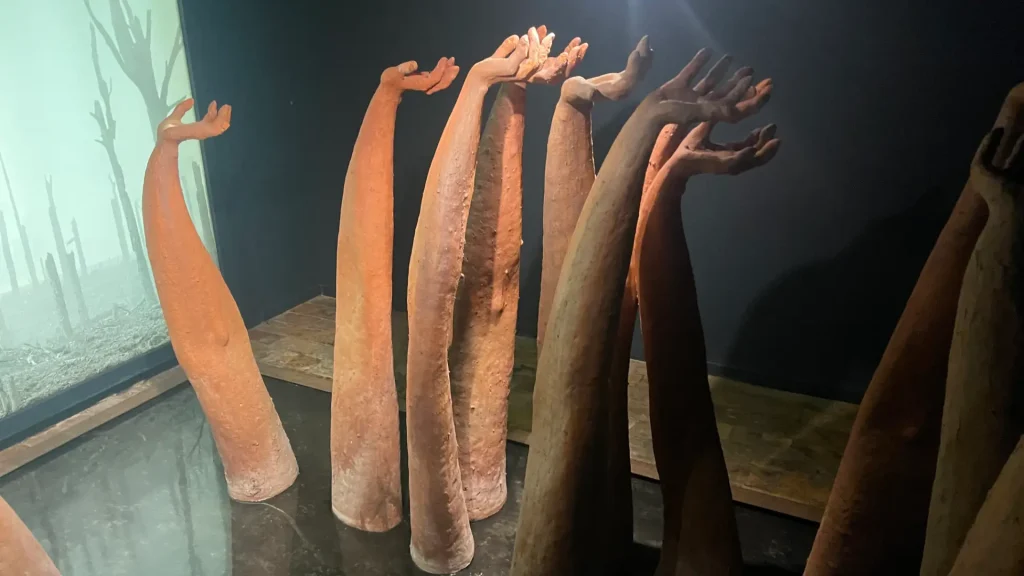
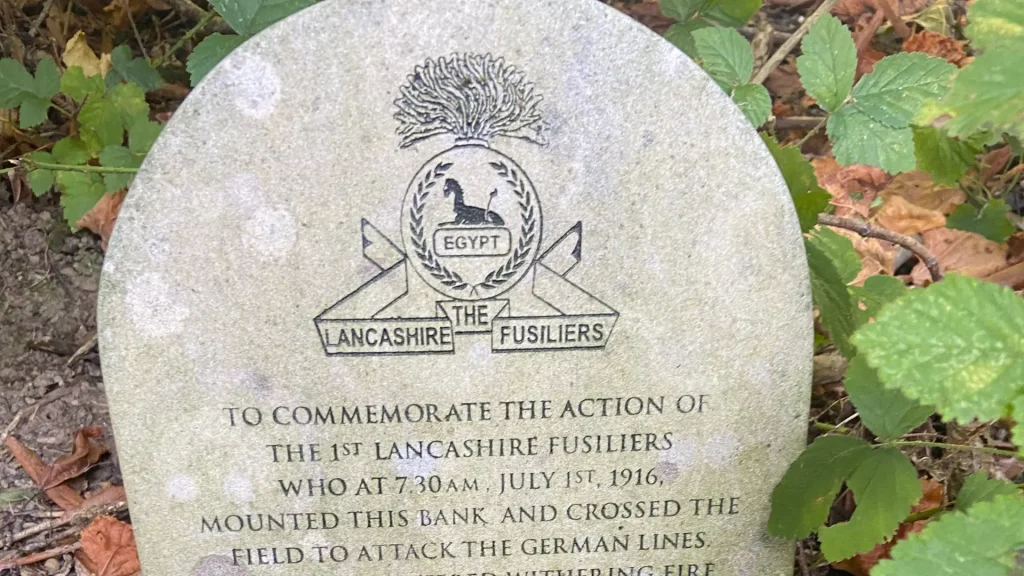
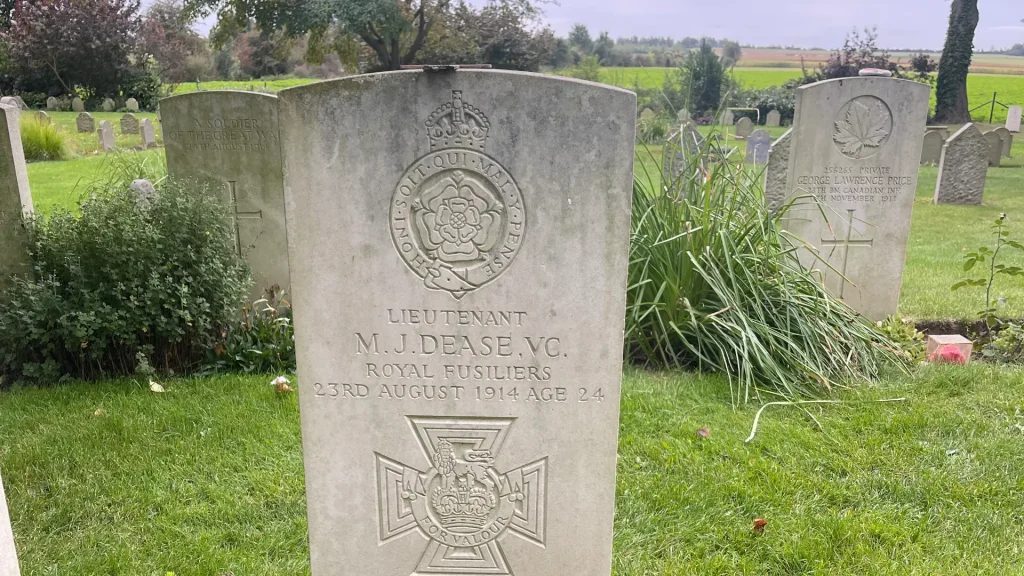
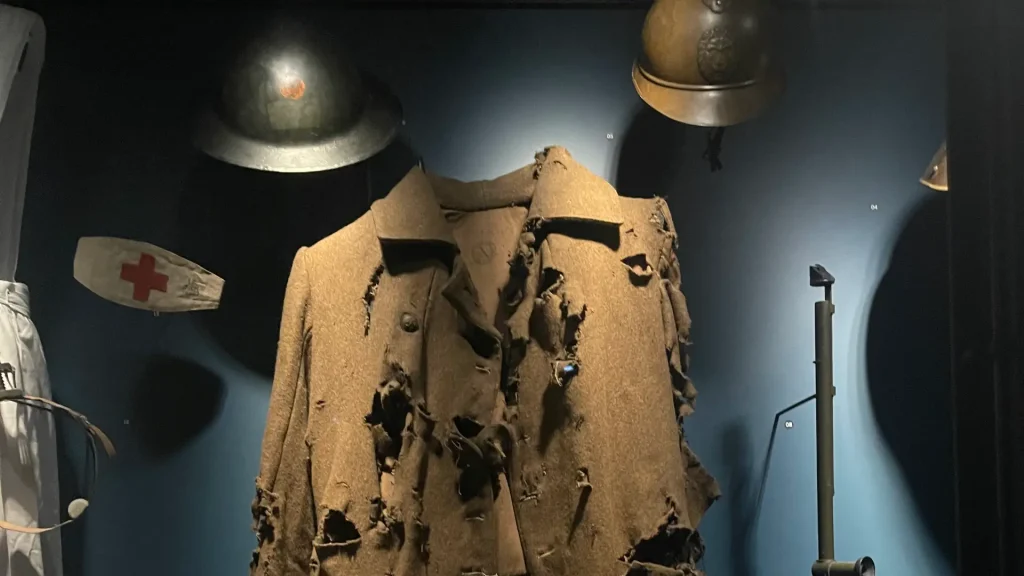
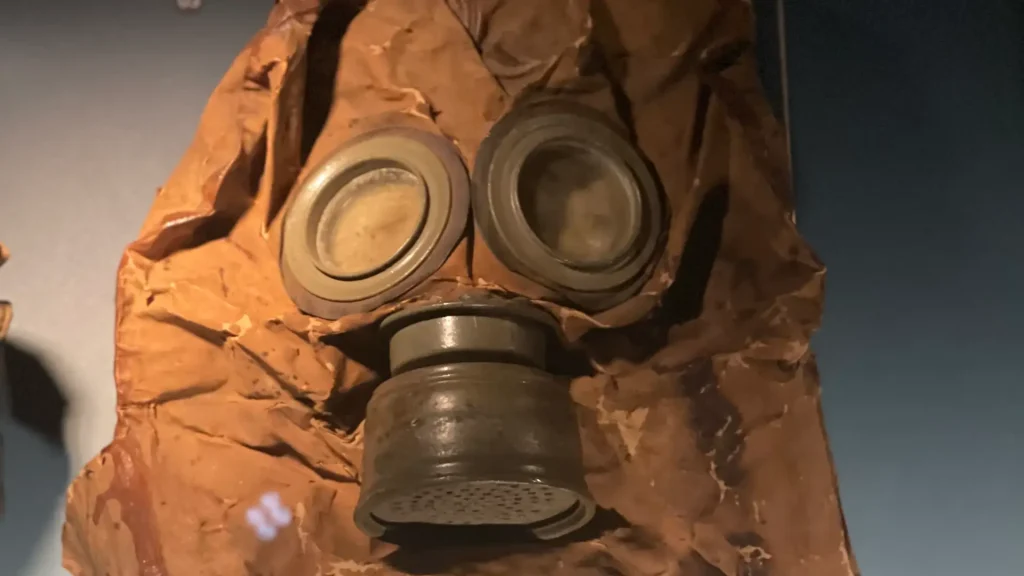
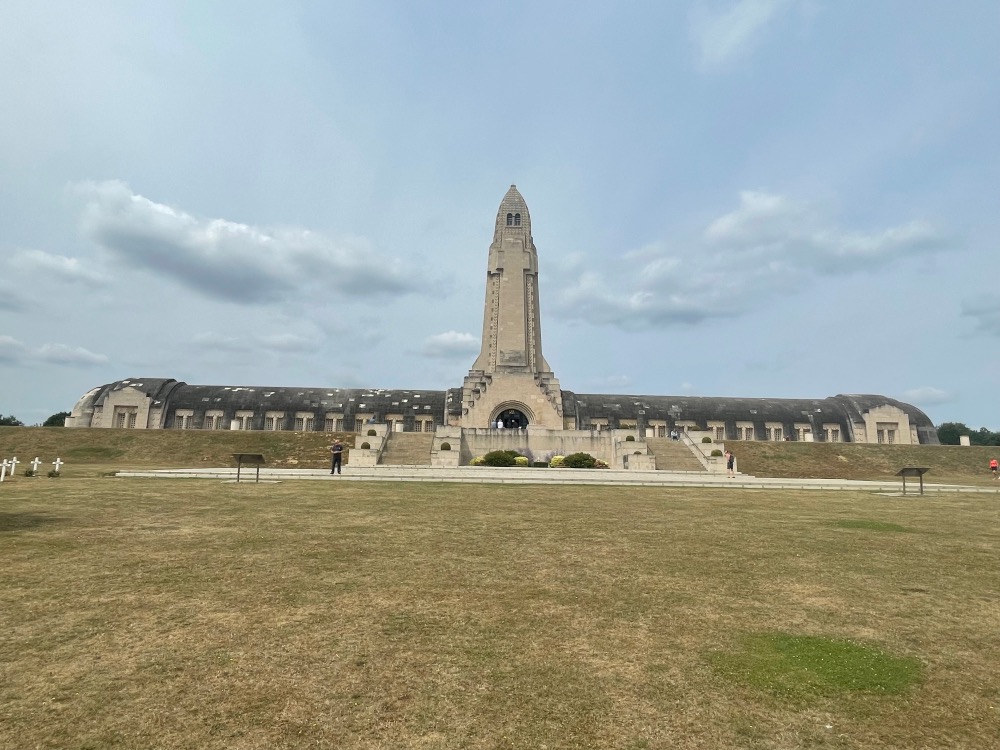
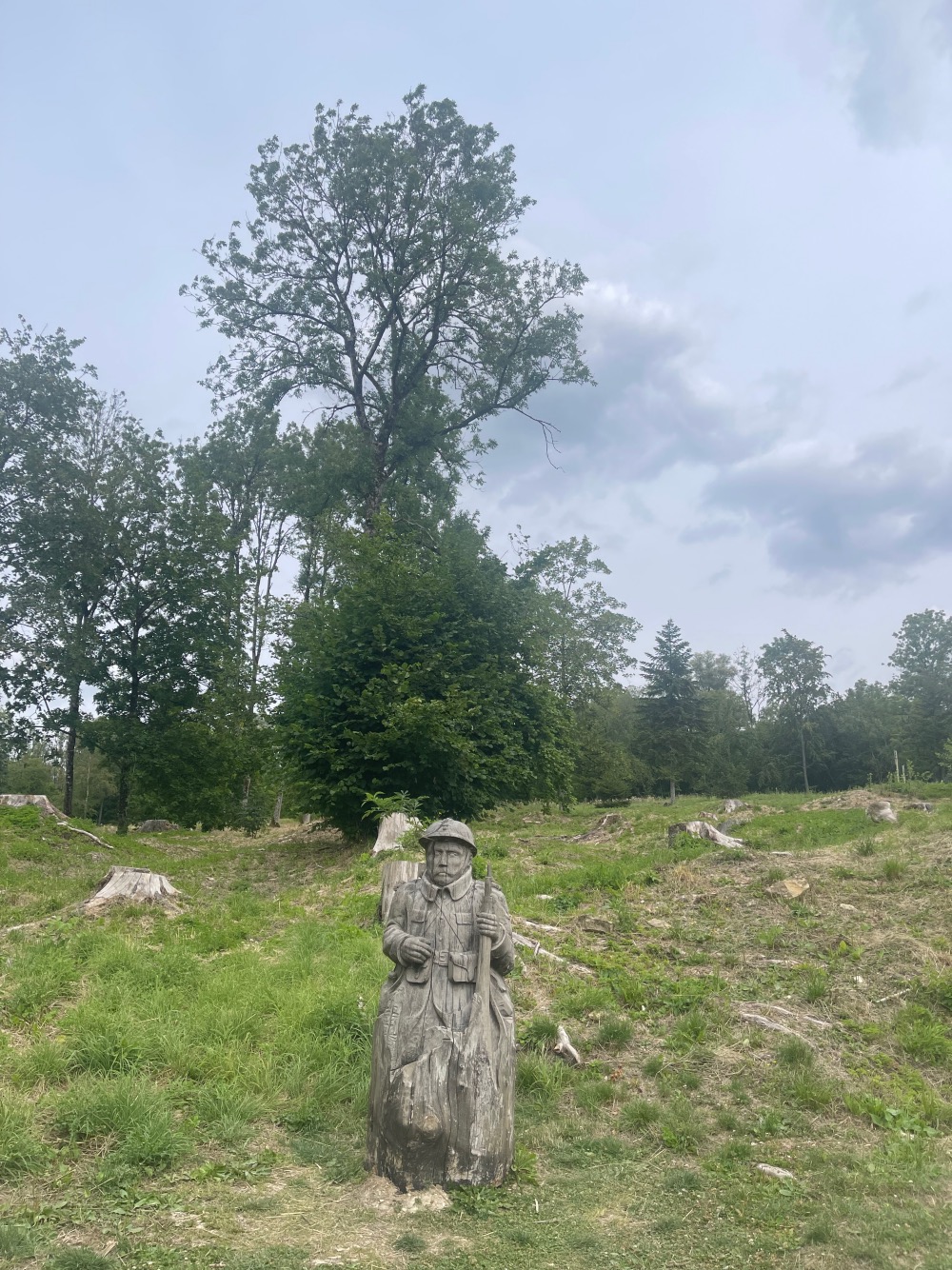
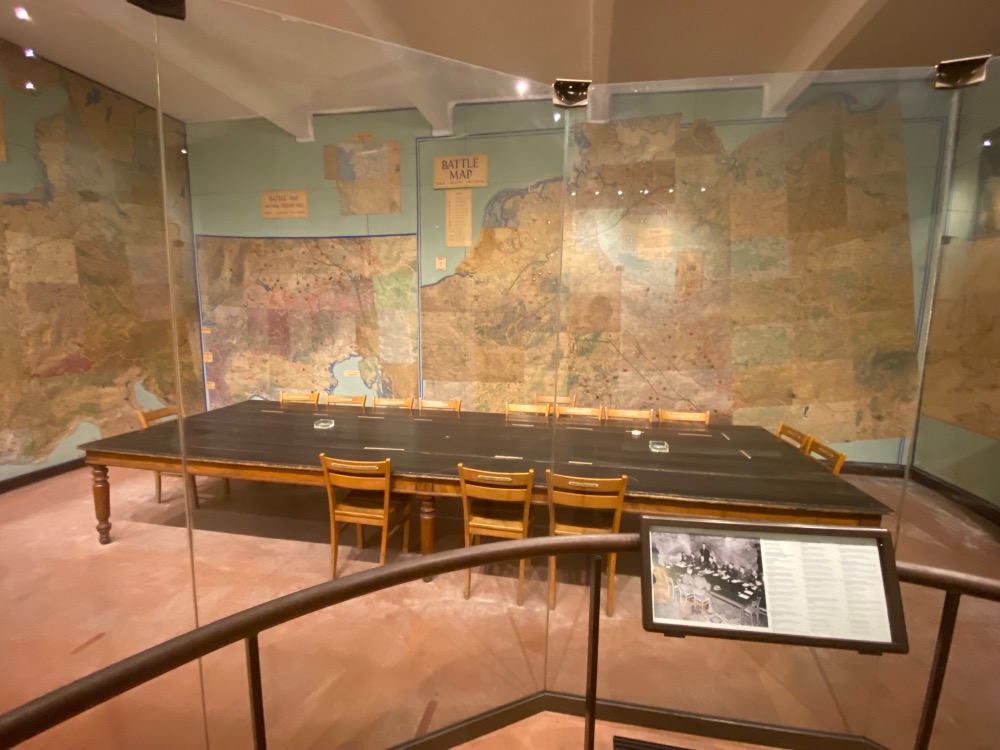
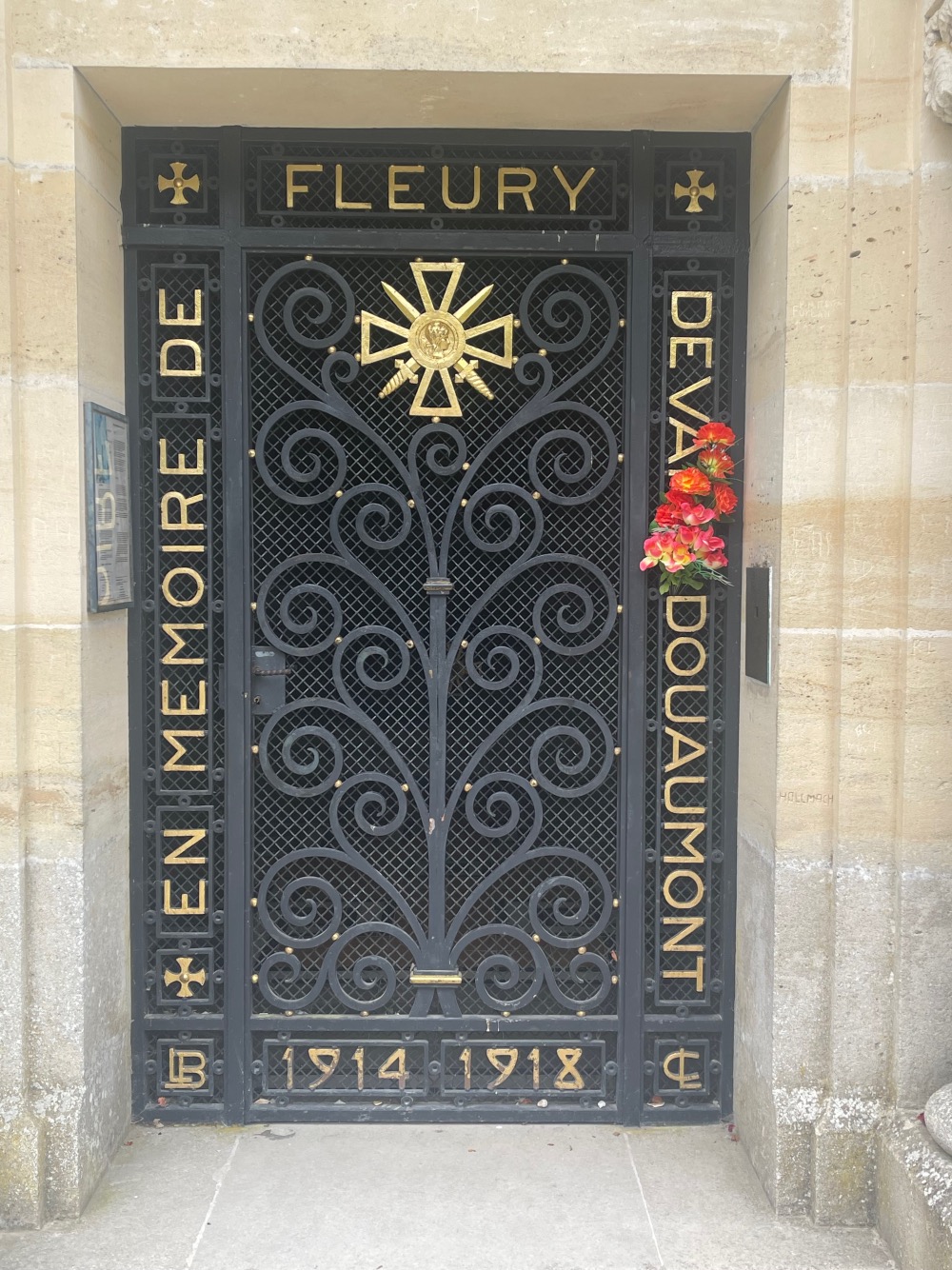
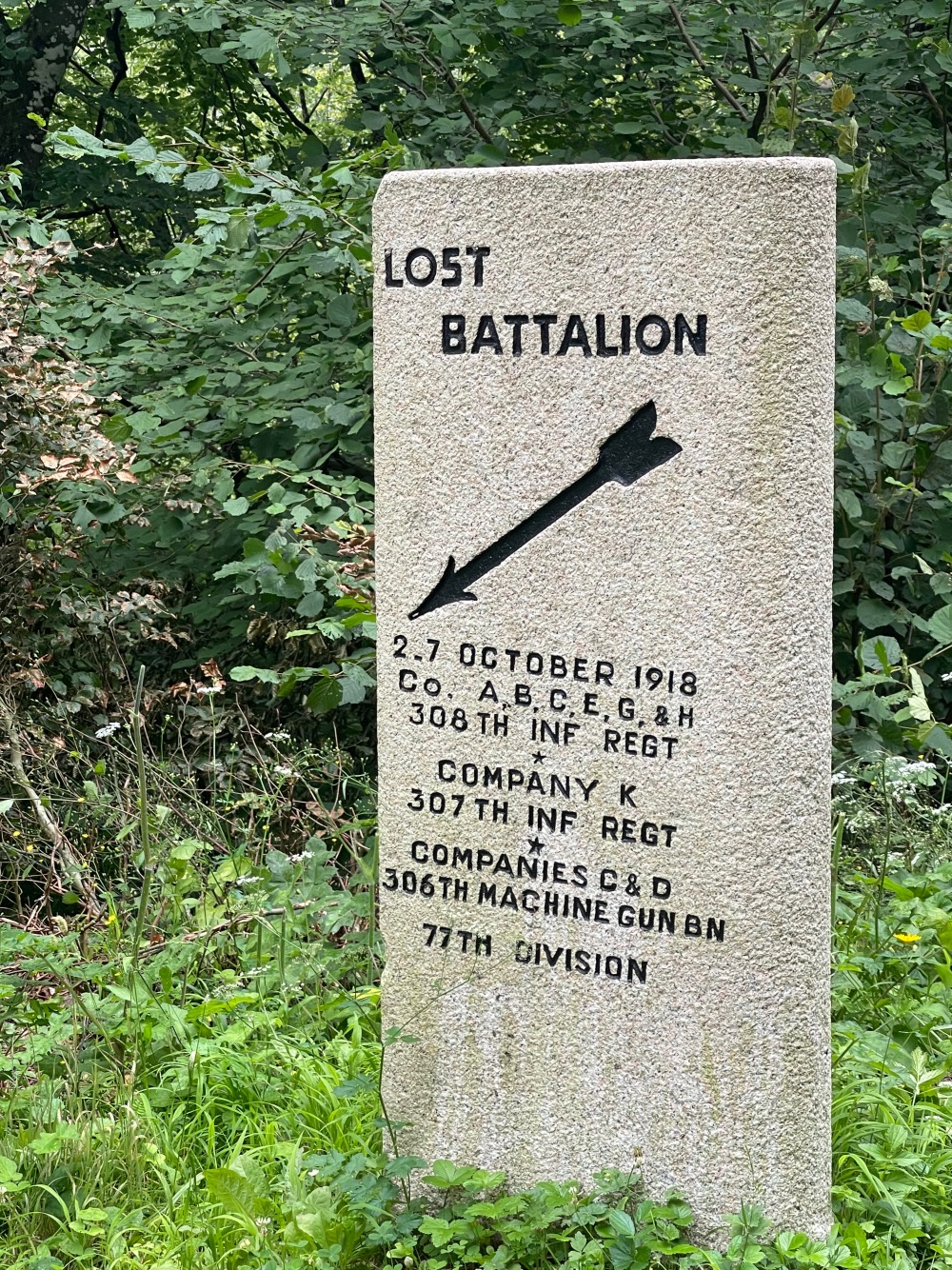
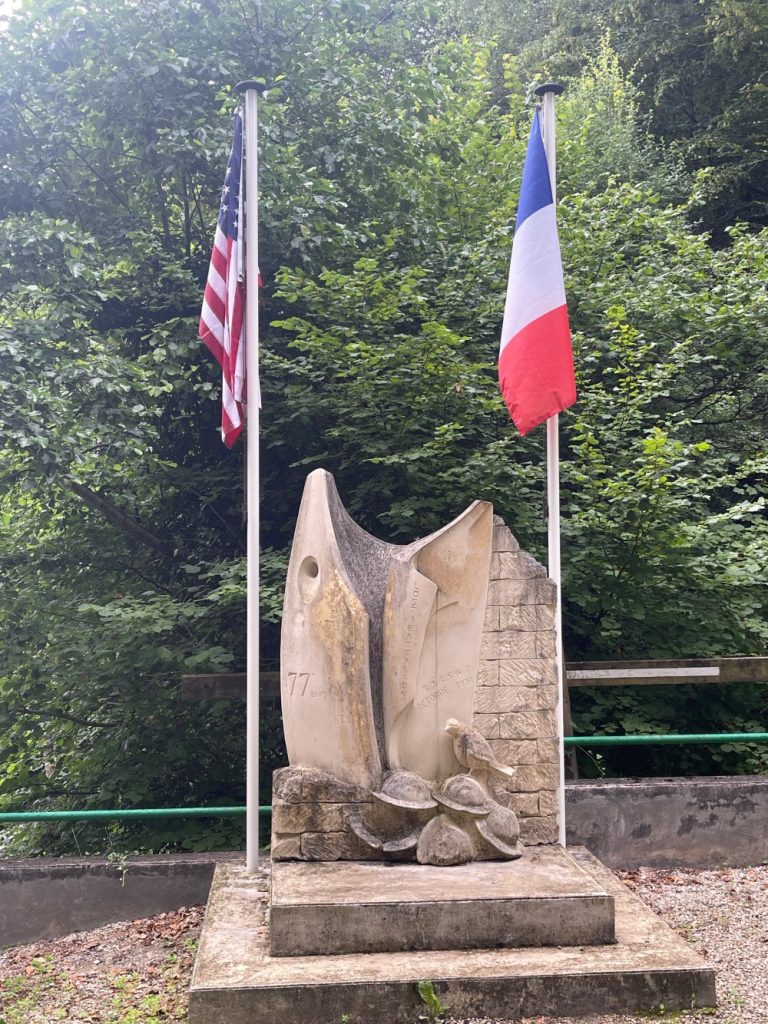
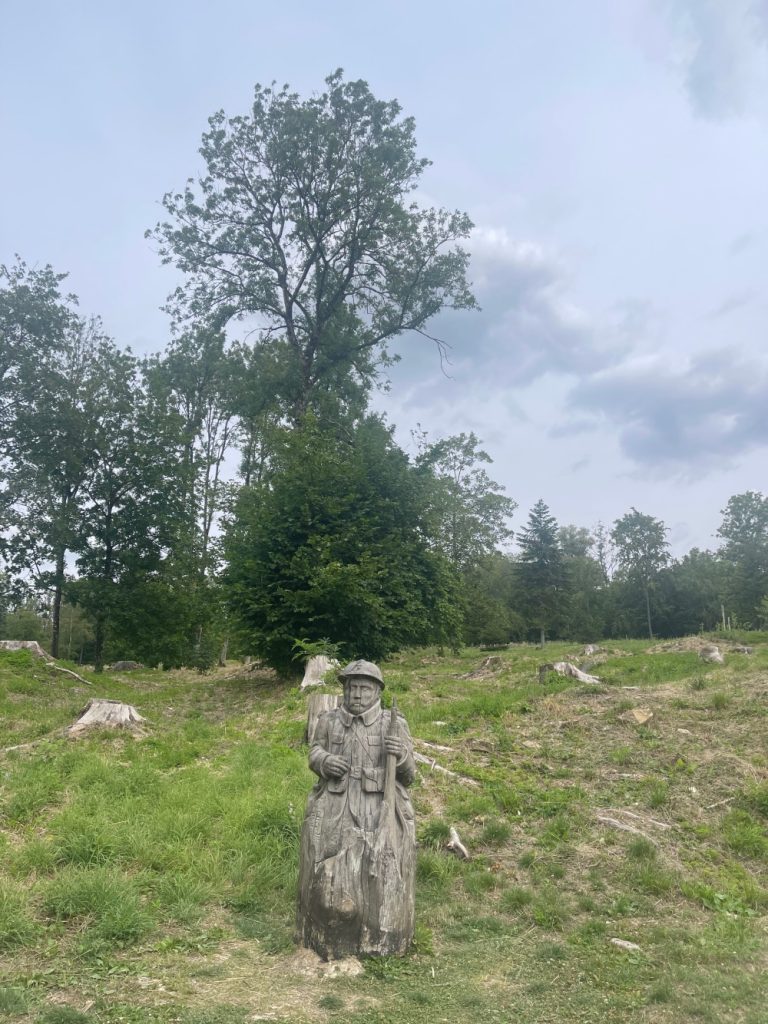
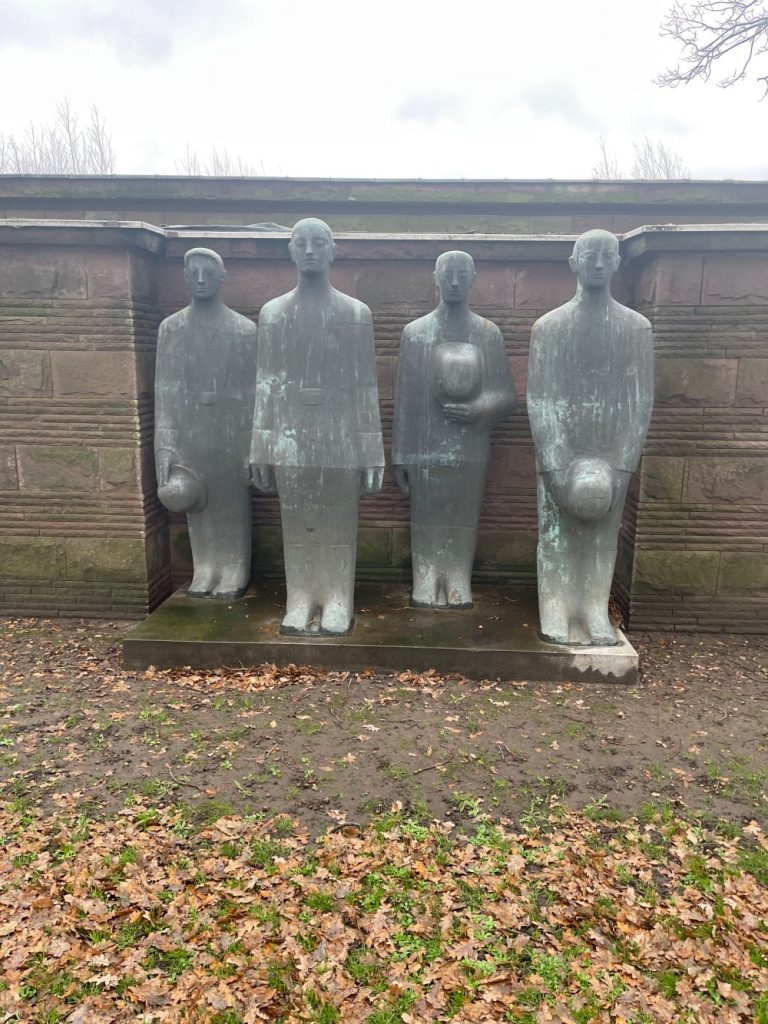
Day 1
Embark on our WWI Battlefield tour
As we commence our journey in Mons, the Birthplace of WWI confrontation.
The battle of Mons ignited on August 23, 1914, marking the inaugural clash between the British Expeditionary Force (BEF) and the German Army. Notably, this is where the first two Victoria Crosses of WWI were heroically earned, and it’s also where the first and last British soldiers met their fates in WWI. Mons remained under German occupation from 1914 until the arrival of the Canadian Corps in 1918.
In Mons, you’ll also have the opportunity to visit the town hall, where tradition holds that rubbing the head of the guard house monkey brings good luck.
Our journey then takes us to Le Cateau-Cambrésis, where you’ll explore the military cemetery and the site of the Battle of Le Cateau.
This battle was a critical turning point that saved Paris from falling to the enemy in August 1914.
In Ors, we’ll pay our respects at the location where renowned poet Wilfred Owen tragically lost his life during the final week of WWI.
Discover the historical significance of the Battle of Cambrai, a British offensive during the First World War.
The capture of Cambrai and the nearby Bourlon Ridge had the potential to disrupt the German supply lines and threaten their defenses to the north.
Day 2
WWI Battlefield Tour
Our journey continues with a visit to Neuve-Chapelle...
Our journey continues with a visit to Neuve-Chapelle, the site of a significant battle in the Artois region of France during WWI.
This battle aimed to rupture the German lines, with hopes of advancing towards Aubers Ridge and possibly Lille. Notably, this was also the first involvement of the Indian Army in the conflict.
Explore the Battle of Loos, the largest British offensive of 1915, taking place in France on the Western Front.
It’s notable for being the first time the British employed poison gas and the first large-scale engagement of New Army units.
The Battle of Armentières, also known as the Battle of Lille, was a confrontation between German and Franco-British forces in northern France in October 1914.
Both armies were vying to outflank their opponent in what became known as the “Race to the Sea.”
Ploegsteert Wood, a sector of the Western Front in Flanders during WWI, lies near the Belgian village of Plugstreet.
While witnessing fierce battles in late 1914 and early 1915, Ploegsteert Wood eventually became a quieter sector with minimal major actions.
At 8 pm, we’ll lay a wreath at the Menin Gate, commemorating the fallen soldiers.
Spend the night in comfortably furnished rooms at the informal Hotel Tearoom New Regina, which offers a cozy restaurant/bar and a terrace.
Day 3
Ypres Silent
Our day begins in Ypres, a town in the Belgian province of West Flanders.
Our day begins in Ypres, a town in the Belgian province of West Flanders surrounded by the Ypres Salient battlefields. It’s home to numerous cemeteries, memorials, and war museums honoring the battles of WWI.
After being heavily damaged during the war, many significant buildings, including the Gothic-style St. Martin’s Cathedral, were meticulously reconstructed.
Visit the Hooge Crater Cemetery, one of the largest in the Ypres Salient. It’s named after the crater created by an explosion in 1915, which we’ll explore.
At the Sanctuary Wood Museum, you’ll witness the preserved trenches and tunnel systems. This area, named by the British during the First Battle of Ypres in 1914, is where soldiers regrouped with their units after separating from their regiments.
Our next stop takes us to Geluveld, where the famous bayonet charge of the 1st Worcestershire Regiment occurred, saving the day and the course of WWI during the First Battle of Ypres in 1914.
Continue on your Ypres Battlefield Tour to Hill 60, a low rise south east of Ypres. It offered excellent views of Ypres and Zillibeke and was captured by the Germans during the First Battle of Ypres in November 1914.
In Mesen, explore the history of Irish soldiers from both the Republic of Ireland and Northern Ireland who fought together during the Battle of the Mines. The Peace Park, created by young people from both sides of the border, stands as a symbol of unity, transcending religious and political differences.
The Battle of Messine Ridge is renowned for the use of mines by the British. They tunneled under German positions and detonated nearly 1 million pounds of explosives, causing a massive explosion heard as far as London. The battle resulted in significant casualties on both sides.
Day 4
Poperinge & The Legacy of WWI
This location is key on your WWI Battlefield Tour.
In Poperinge, we’ll explore local restaurants that provided vital respite to soldiers during WWI. This location is key on your WWI Battlefield Tour. The town became a place of rest for soldiers who were granted two or three days of leave.
However, it also bore witness to the grim reality of warfare, with the town hall housing the courtyard where condemned soldiers faced firing squads.
The ‘Shot At Dawn’ memorial is situated near the execution post, marking a place where approximately 70 executions took place, claiming the lives of 50 British and 20 French soldiers.
Langemark, located about four miles north east of Ypres, holds two notable WWI sites—the Brooding Soldier and the German War Cemetery. The cemetery is the final resting place for 44,000 German soldiers, with some in mass graves. The Brooding Soldier Monument commemorates the 2,000 Canadian First Division soldiers who succumbed to a German gas attack in April 1915.
In 1992, a British underground dugout was discovered near Bargiestraat in Boezinge. It’s now a time capsule, showcasing remarkable finds.
Visit the Tyne Cot Commonwealth War Graves cemetery and Memorial to the Missing. This is the largest cemetery for Commonwealth forces from any war, and it’s situated near Passendale, close to Zonnebeke, Belgium.
Day 5
The Battle of Arras & Memorable Sites
Continue your tour with visits to more memorable sites.
Explore the Wellington Quarry Tunnels and museum, created by Commonwealth tunnelers. They connected chalk extraction tunnels to create an underground barracks capable of housing 24,000 soldiers. In these tunnels, soldiers faced the enemy on April 9, 1917.
Spend time exploring the battlefields around Arras, particularly Bullecourt, where Australian divisions launched an attack against the German Hindenburg Line. Afterward, pay your respects at the Arras Memorial to the Missing.
At Vimy Ridge, visit the breathtaking National Memorial, a remarkable structure that took 11 years to build. It offers panoramic views of the battle-scarred landscape. You can also explore preserved trenches and take a guided tour of the underground tunnels at the visitor’s center.
Spend the night at the B&B Hotel in Arras, a comfortable resting place for your journey.
Day 6
Exploring the Somme Battlefields
Day 6 commences at Hawthorn Ridge...
At Hawthorn Ridge, you’ll encounter the site where the first mine was detonated during the Battle of the Somme, launching the offensive. This momentous event was captured in a famous film by Geoffrey Malins. The mine was detonated a second time on November 13 when the 51st Highland Division captured the ridge and the village.
Serre was one of the heavily fortified villages held by the Germans at the start of the Battle of the Somme in 1916. As we travel along the Serre Road, we’ll visit various cemeteries, each marking the losses of the Pals Battalions from Yorkshire and Lancashire, who endured devastating casualties in the attacks.
The Beaumont-Hamel Newfoundland Memorial Park commemorates the Dominion of Newfoundland Forces members who perished during the Battle of the Somme. It marks the regiment’s first major engagement, where they suffered staggering losses. More than 700 Newfoundlanders went into battle that morning, with only 68 survivors the next day, including 14 sets of brothers.
Sheffield Memorial Park is the final leg of your Somme Battlefield tour. It preserves the original front-line trenches and shell holes. Here, the Accrington Pals launched their attack on July 1, 1916. Your journey concludes with a drive to your drop-off and onward locations.
The Thiepval Memorial is a vital part of the Somme Battlefield tour, honouring the missing soldiers of the Somme. It bears the names of 72,194 officers and men of the United Kingdom and South African forces who died in the 1916 Battles of the Somme between July and November, 1916.
Spend the next two nights at No.Fifty6 Bed and Breakfast on the Somme, offering a comfortable and peaceful stay.
Day 7
Exploring the Somme Battlefields
Visit the Lochnagar Mine Crater, the largest man-made crater of WWI.
Visit the Lochnagar Mine Crater, the largest man-made crater of WWI. The British 179th Tunnelling Company, Royal Engineers, tunneled beneath a German strongpoint called “Schwaben Höhe” and detonated the mine on July 1, 1916, creating a massive crater. Today, the Lochnagar Crater is a preserved memorial honoring the sacrifices of all nations in the Great War.
Discover the German Military Cemetery at Fricourt, a solemn reminder of the immense loss of life on both sides during the Great War. The cemetery is the resting place for over 17,000 German WWI soldiers, including a communal grave of more than 5,000 troops who perished on the Somme battlefields.
Explore the Pozieres Memorial, a place that pays homage to the over 23,000 casualties of the Great War. The memorials here stand as a poignant reminder of the name Pozieres, which is deeply etched in the history of the Great War.
Delville Wood, also known as Devil’s Wood, witnessed fierce fighting during the Battle of the Somme. South African soldiers captured most of the wood and endured numerous German counterattacks for six days. They were eventually relieved.
Embark on a tour of the Peroone Somme Museum, a research and information centre dedicated to the Battle of the Somme. The museum stands on the grounds where the First World War witnessed one of its bloodiest chapters, with 400,000 dead, missing, and over 500,000 wounded soldiers.
Spend the night at Hôtel Restaurant Campanile in Reims, a comfortable place to relax and recharge.
Day 8
Exploring the Battle of Verdun
Begin the day in Verdun, a small city in north east France.
Begin the day in Verdun, a small city in north east France. It’s known as the site of the WWI Battle of Verdun and is marked by museums and memorials, including the Douaumont Ossuary, which houses the remains of over 100,000 soldiers. In the outskirts of the city lies the Meuse-Argonne American Cemetery.
Fort du Vaux, forming part of the ring of defensive works around Verdun, played a crucial role in the Battle of Verdun. Visit this relic from WWI and learn about the heroic resistance of the soldiers.
Fort Douaumont is one of the most powerful works and symbols of the Battle of Verdun. Explore this historical site, which plunges you into the heart of the legendary confrontation and honors the brave souls who fought here.
Fleury Devant Douaumont, a village of 422 people before the war, was completely destroyed and occupied 16 times by both the Germans and French during the Battle of Verdun in 1916. It stands as a testament to the war’s devastating impact.
Conclude the day at Les Jardins Du Mess, a place for reflection and relaxation.
Day 9
American Sector WWI
Continue your tour at Butte de Vauquois
During the 4-year battle for Vauquois Hill, approximately 14,000 soldiers
lost their lives in this small but fiercely contested portion of the Western Front. Witness the numerous mine explosions, with chambers dug ever deeper and loaded with increasing amounts of explosives.
Visit the impressive monument dedicated to the brave American forces who fought to secure the heights in 1918.
Explore the trench system at Main de Massiges, a hillside in the Champagne battlefields that witnessed heavy fighting in 1915. This location is one of the most remarkable on the Western Front today, with excavated and restored trenches.
Conclude the day at Les Jardins Du Mess, a place for reflection and relaxation.
The Meuse-Argonne American Cemetery is a 130.5-acre World War I cemetery, marking the final resting place of American military personnel who perished during the Meuse-Argonne Offensive. It contains the largest number of American military dead in Europe.
Learn about the Lost Battalion, comprised of nine companies of the US 77th Division, who were isolated by German forces in the Argonne Forest during World War I. This story of survival and sacrifice is a testament to their bravery.
Retreat to Hôtel Restaurant Campanile in Reims for a comfortable night’s rest.
Day 10
Reims
Your WWI Battlefield tour comes to a close.
As your WWI Battlefield tour comes to a close, we arrive in Reims, marking the end of this memorable journey.
Get in touch
Want to find out more about this tour?
Embark on a captivating journey as we explore the enchanting landscapes...
Immerse yourself in the stories shared by our experienced guides, who will transform your trip into an unforgettable saga of discovery.
We would love to hear from you regarding your tour requirements. If you cannot find the perfect tour on our site we can create a custom itinerary for you.

